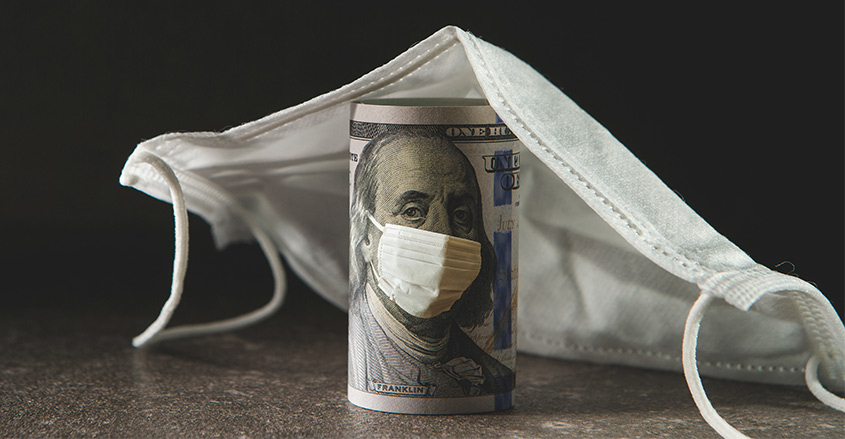The socioeconomic devastation that the COVID-19 pandemic is having an incalculable impact on poor and working-class America.
Nearly one in three Americans missed all or party their July house payment or rent. That’s crushing.
Unless a viable vaccine or scientific solution is presented to slow the spread of COVID-19 soon, then a newer and deeply poverty-stricken social class of Americans is sure to emerge.
In the months since the COVID-19 pandemic first shut down the American economy in March, more than 44 million Americans applied for unemployment insurance.
Tellingly, the term “nonessential worker” entered the American lexicon. These are workers work in low or average-paying vocations that would unnecessarily expose themselves or others to the coronavirus.
Tens of millions of poor and working-class Americans can be classified as nonessential workers since they were forcibly laid off due to the pandemic.
Increasingly, huge swathes of those temporarily laid-off workers are likely to become permanently unemployed.
Jerome H. Powell, the chairman of the Federal Reserve, recently said that millions of recently and forcibly laid-off Americans won’t “…get to go back to their old job, and there may not be a job in that industry for them for some time.”
The average income for a working-class family is $25,600. A family of four living on an income of $26,200 meets the government’s poverty-line metric.

Almost 40% of Americans making $40,000 or less annually have lost their jobs since the pandemic began.
More than 37 million Americans are now considered “food insecure.” Food banks all over the country are overwhelmed by demand for help.
While these statistics are devastating, they may perpetuate a mistaken notion that only the poor or working class are affected. The rich may be able to weather this economic disruption but the middle class may end up eradicated as a result of COVID-19.
The end of middle-class life?
To understand how COVID-19 could eradicate the middle-class social class its important to understand what it means to be middle-class.
According to the Pew Research Center, the median income of a four-person, middle-class U.S. household is $78,400. However, depending on location, a middle-class income can range between $46,000 and $140,000.
Middle-class households spend up to $50,000 annually on consumption, invest up to $400,000 for retirement, aspire to own homes and property, and to travel.
More than 52% of Americans can be classified as “middle-class.” Yet about 40% of Americans couldn’t cover a $400 financial emergency if it presented itself. In fact, most people who identify as middle-class were living check-to-check before COVID-19 hit.
Some real estate experts project that home sales may fall by 15% this year. Meanwhile, airline traffic has declined by over 96%.
If these are the metrics that used to define the middle-class existence, then the middle-class status may not exist for long, especially if a COVID-19 vaccine is not found soon.
Instead, the great American middle class may dissolve into and increase existing groups of working-class and poor Americans.


